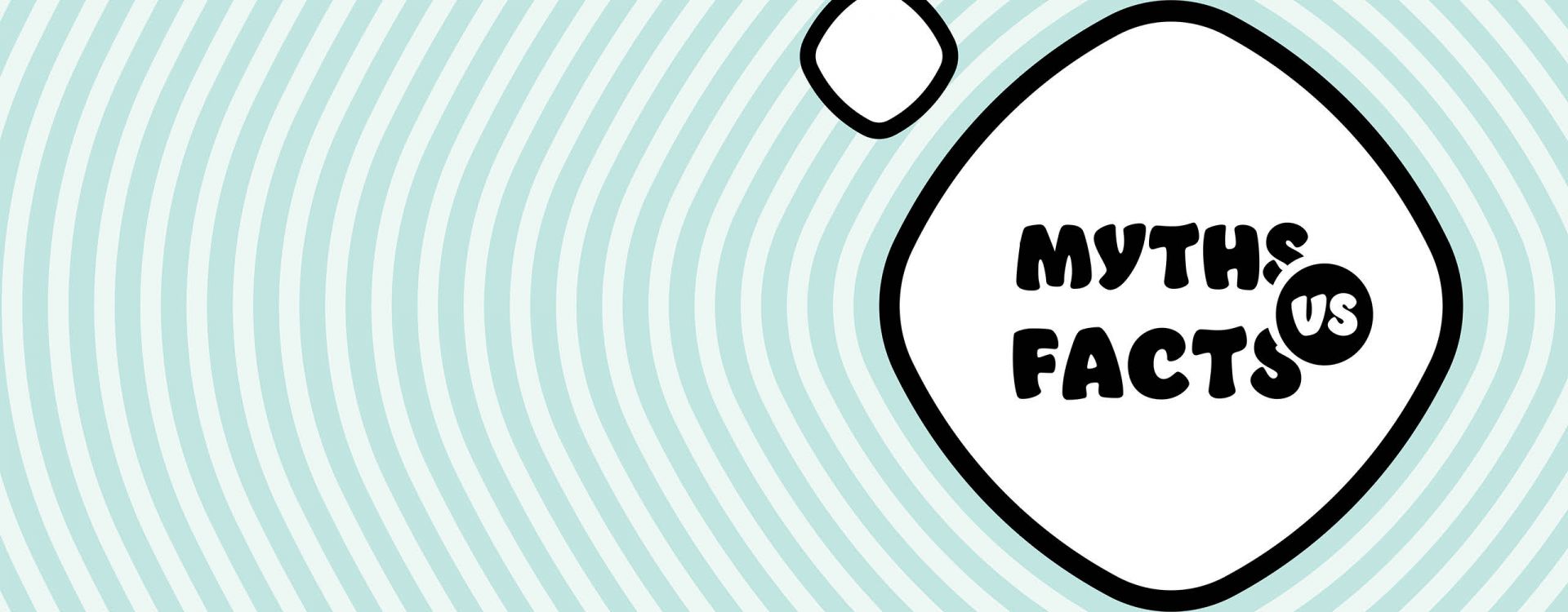Many parents wonder if they have to choose between banking their baby’s cord blood or cord tissue, deliberating over which option might be the most beneficial or the most affordable.
It's important to recognize that cord blood and cord tissue stem cells possess unique capabilities in addressing different diseases and conditions.
Opting to bank both cord blood and cord tissue can provide you, your baby, and your immediate family members with a potent combination of diverse stem cells for potential future use.
Cord Blood vs. Cord Tissue
Cord blood and cord tissue both come from the umbilical cord immediately after birth and contain stem cells. Cord blood is rich in Hematopoietic Stem Cells (HSCs), while cord tissue contains Mesenchymal Stem Cells (MSCs). Both types of stem cells are very valuable, but their differences and uses are distinctly different.
Read on to learn their differences, applications, and uses.
What Is Cord Blood?
Cord blood is collected from the umbilical cord immediately after the baby’s umbilical cord is clamped and cut. It is rich in hematopoietic stem cells (HSCs) capable of differentiating into various blood cell types. These versatile cells have been proven to be effective in the treatment of blood disorders, immune deficiencies, cancers, metabolic disorders, and more.
About Cord Blood Stem Cells
Hematopoietic stem cells (HSCs) are multipotent stem cells found in bone marrow and cord blood. They have the unique ability to differentiate into all types of blood cells, including red blood cells, white blood cells, and platelets. Cord blood stem cells play a crucial role in maintaining the body's blood supply and immune system function.
How Is Cord Blood Collected?
Following the delivery of the baby, healthcare providers collect cord blood using a cord blood collection kit provided by the cord blood bank the expecting parents have chosen to save their baby’s stem cells. The blood is then processed and cryogenically stored in the cord blood bank’s storage facility for future use.
What Does Cord Blood Treat?
Cord blood stem cells have demonstrated efficacy in more than 80 FDA-approved therapies, including leukemia, lymphoma, sickle cell disease, and metabolic disorders. They offer hope for patients requiring stem cell transplants or regenerative therapies.
- Leukemia and Other Hematological Malignancies: HSC transplantation (HSCT) is a cornerstone treatment for leukemia, lymphoma, and other hematological malignancies. By replacing diseased or damaged bone marrow with healthy HSCs, HSCT offers a curative approach for patients with blood cancers [*].
- Inherited Blood Disorders: HSC transplantation is also used to treat inherited blood disorders such as sickle cell disease, thalassemia, and hemophilia. By introducing healthy HSCs into the patient's body, HSCT can correct genetic abnormalities and restore normal blood cell production [*].
- Immunodeficiencies: HSC transplantation is a potential treatment for primary immunodeficiency disorders, which result from defects in the immune system's ability to fight infections. By replenishing the immune system with functional HSCs, HSCT can improve immune function and reduce susceptibility to infections [*].
- Bone Marrow Failure Syndromes: Conditions such as aplastic anemia, Fanconi anemia, and myelodysplastic syndromes involve failure of the bone marrow to produce an adequate number of blood cells. HSCT can provide a source of healthy HSCs to replace dysfunctional bone marrow and restore normal blood cell production.
Overview of Hematopoietic Stem Cell Transplantation (HSCT) Procedures and Outcomes
HSCT typically involves the infusion of HSCs into the patient's bloodstream, where they migrate to the bone marrow and begin producing new blood cells. The transplantation process may involve harvesting HSCs from the patient's own cord blood (autologous transplant), or from a compatible donor, such as from a sibling or child of the recipient (allogeneic transplant).
HSCT can be associated with significant risks and complications, including graft-versus-host disease, infection, and graft failure, which typically occurs with bone marrow transplants, or cord blood transplants that are not suitably matched to the recipient. HSCT offers the potential for long-term remission and cure in many cases though.
The therapeutic applications of both MSCs and HSCs highlight the diverse potential of stem cell-based therapies in treating a wide range of diseases and conditions, offering hope for improved patient outcomes and quality of life.
Ongoing research and clinical advancements continue to expand our understanding of stem cell biology and pave the way for innovative treatment strategies in regenerative medicine and beyond.
What Is Cord Tissue?
Cord tissue is derived from the actual umbilical cord itself. The stem cells in the cord tissue are comprised of the Wharton's jelly within the umbilical cord. The multipotent cells found in cord tissue have shown great promise in regenerative medicine, connective tissue disorders, tissue repair and immune system regulation.
About Cord Tissue Stem Cells
Mesenchymal stem cells (MSCs) are a type of multipotent stem cell found in the umbilical cord tissue. MSCs possess remarkable regenerative and immunomodulatory properties, making them promising candidates for a wide range of therapeutic applications.
How Is Cord Tissue Collected?
After the collection of cord blood, the umbilical cord tissue is carefully sectioned and returned to a sterile collection cup in the cord blood collection kit. The cord blood laboratory subsequently processes these cells, and they are cryogenically preserved for potential future therapeutic use.
What Does Cord Tissue Treat?
Cord tissue stem cells hold great potential in regenerative medicine and connective tissue disorders, including treating conditions such as spinal cord injuries, heart disease, autoimmune disorders, and orthopedic injuries. Their regenerative capabilities offer prospects for tissue regeneration and repair [*].
- Orthopedic Injuries and Disorders: MSCs have shown significant potential in the treatment of orthopedic injuries and disorders such as osteoarthritis, tendon and ligament injuries, and bone fractures. They promote tissue regeneration, reduce inflammation, and enhance healing processes in damaged musculoskeletal tissues.
- Autoimmune Diseases: MSCs exhibit immunosuppressive effects and can modulate the immune response, making them valuable in the treatment of autoimmune diseases like rheumatoid arthritis, multiple sclerosis, and systemic lupus erythematosus. They help regulate aberrant immune activity and promote immune tolerance.
- Inflammatory Conditions: MSCs possess anti-inflammatory properties that make them effective in managing various inflammatory conditions, including inflammatory bowel disease, asthma, and graft-versus-host disease (GVHD). They dampen inflammatory responses and promote tissue repair and regeneration.
- Neurological Disorders: Emerging research suggests that MSCs hold promise for the treatment of neurological disorders such as Parkinson's disease, Alzheimer's disease, stroke, and spinal cord injury. They have the ability to promote neural regeneration, modulate neuroinflammation, and enhance functional recovery in the central nervous system.
Ongoing Research and Clinical Trials Exploring MSC Applications
More than 1,600 clinical trials have been initiated to further explore the therapeutic potential of MSCs across various medical fields.
These studies aim to elucidate the mechanisms of action, optimize treatment protocols, and assess the safety and efficacy of MSC-based therapies for a diverse range of diseases and conditions.
Ongoing areas of research include tissue engineering, regenerative medicine, and immunotherapy, paving the way for innovative treatments and improved patient outcomes.
Differences Between Cord Blood and Cord Tissue
Cord blood and cord tissue stem cells each carry unique properties for use in stem cell therapies that may treat many different diseases and medical conditions. It is not a matter of one type of stem cell being “better” than the other, but rather, the added benefit of having access to both types of powerful cells.
| Aspect |
Cord Blood |
Cord Tissue |
| Definition |
Rich in hematopoietic stem cells |
Contains mesenchymal stem cells |
| Collection |
Collected from umbilical cord blood vessels shortly after the birth of a baby |
Obtained from Wharton's jelly in the umbilical cord |
| Treatments |
Treats blood and immune disorders, cancers, and metabolic disorders |
May be used for regenerative medicine, tissue injuries, connective tissue disorders, and autoimmune diseases |
Should I Bank Cord Blood and Cord Tissue?
Banking both your baby's cord blood and cord tissue stem cells offers a wider potential scope of treatment options for your family, and ensures that this precious resource will be readily available to your family if a stem cell transplant is needed.
Also, if a transplant physician wants to do a cord blood stem cell transplant for a family member of the child that the stem cells came from, such as for a sibling or parent, there will be testing done called HLA-typing (human leukocyte antigen typing) to determine if the cord blood unit suitably matches the recipient.
If it doesn’t, historically a transplant physician would not want to move forward with the cord blood transplant because there would be a high risk of graft-versus-host disease, a very serious complication.
However, if you have your child’s cord tissue stem cells saved as well, a transplant physician may decide to move forward with a less than suitably matched cord blood unit. What they can do is use the cord blood and cord tissue stem cells in unison, and they would do that because the cord tissue stem cells have the effect of suppressing the body’s immune response and reducing the risk of graft-versus-host disease.
That is another added potential benefit to saving both cord blood and cord tissue.
About MiracleCord
MiracleCord is a trusted leader in cord blood banking, committed to preserving the valuable stem cells found in umbilical cord blood and cord tissue.
With state-of-the-art facilities and a steadfast commitment to excellence, MiracleCord offers expecting parents the choice to safeguard their family’s health and well-being through innovative stem cell preservation solutions.
The Bottom Line
Understanding the distinctions between cord blood and cord tissue allows expectant parents to make informed decisions regarding stem cell banking.
Whether opting for cord blood, cord tissue, or both, the potential benefits of preserving these precious biological resources for future medical applications are undeniable.
Call us today at 888.743.2673, or get your free info kit, to explore your options and embark on a journey toward securing a healthier tomorrow for your family.
DISCLAIMER: THE INFORMATION ON THIS WEBSITE IS NOT INTENDED TO BE USED AS MEDICAL ADVICE.The materials and information contained on the MiracleCord website is provided for educational and informational purposes only, and is not intended to, and does not constitute, medical or other health advice or diagnosis, and should not be used as such. You should not use this information to diagnose or treat a health problem or disease. If you are seeking personal medical advice, you should consult with a licensed physician. Always consult with a qualified health care provider regarding a medical condition.




